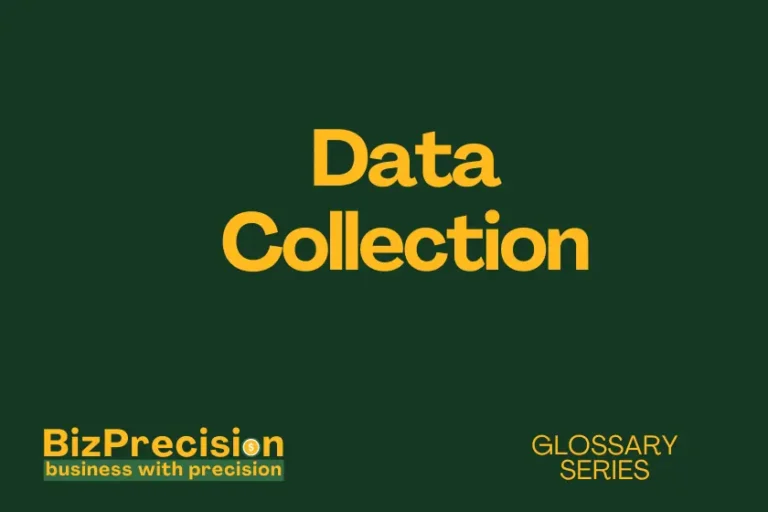What is Average?
Average is a central value in a data set, found by adding all numbers and dividing by the total count.
This basic math concept powers crucial business decisions every day.
According to a 2023 McKinsey report on data analytics, 89% of businesses use averages as key performance indicators in their regular reporting. This shows how vital this metric is for modern business operations.
Let’s explore how averages shape business decisions and why understanding them matters for your success.
Understanding Different Types of Business Averages
Mean Average: The Most Common Business Metric
The mean average helps businesses track their typical performance levels. Think of it as your business’s center point for measuring success.
For example, if your monthly sales are $10,000, $12,000, and $14,000:
- Your mean average sales would be $12,000 ($36,000 ÷ 3). This tells you what to expect in a typical month. Many businesses use this baseline to set realistic sales targets and track growth.
- Monthly profit averages help spot trends in business health. A rising average suggests growth, while a falling one may signal problems needing attention.
- Customer purchase averages reveal buying patterns. If your average order value is $50, you can plan inventory and pricing strategies around this figure.
Weighted Averages in Business Analysis
Weighted averages give more importance to certain numbers based on their impact. This helps make better business choices.
Consider employee performance ratings:
- Annual reviews might count for 60% of the total score. Your day-to-day work makes up the other 40%. This creates a fairer picture of job performance.
- Product quality checks use weighted averages too. Critical features may count more than minor details. This ensures safety and customer satisfaction come first.
- Investment portfolios rely on weighted averages to balance risk. Stocks might get a 70% weight, while bonds get 30%, matching your risk comfort level.
Moving Averages for Trend Analysis
Simple Moving Average (SMA)
Simple moving averages track changes over time by updating the average as new data arrives. This smooths out short-term spikes.
- A 30-day moving average of sales shows your business trend. It helps ignore daily ups and downs that might mislead you.
- Website traffic often uses 7-day moving averages. This helps spot real growth patterns versus random daily changes.
- Stock prices typically use 50-day and 200-day moving averages. These help investors spot long-term market trends.
Exponential Moving Average (EMA)
EMAs give more weight to recent data. This makes them more responsive to new trends than SMAs.
- Sales forecasts often use EMAs to spot changing customer habits quickly. Recent sales affect predictions more than older ones.
- Social media engagement tracking uses EMAs. This helps spot trending content while it’s still relevant.
- Customer satisfaction scores benefit from EMA tracking. Recent feedback matters more for fixing current issues.
Practical Applications of Averages in Business
Financial Performance Metrics
Financial averages guide important money decisions in business. They show if you’re making good use of resources.
- Profit margins tell you how much money you keep from sales. The retail industry average is 22%, according to the latest NRF data.
- Return on investment (ROI) averages track your money’s growth. A positive trend shows your investments are working well.
- Cash flow averages help plan for future expenses. Knowing your typical monthly costs helps avoid cash shortages.
Sales and Revenue Analysis
Sales averages reveal patterns in your business growth. They help you set realistic goals and spot problems early.
- Monthly revenue averages show business health trends. Compare them to last year’s figures to track growth.
- Customer lifetime value averages guide marketing spending. Higher values justify more investment in customer retention.
- Seasonal sales averages help plan inventory. They show when to stock up and when to offer discounts.
Cost and Pricing Strategies
Smart pricing needs good average calculations. They help you stay competitive while making enough profit.
- Production cost averages guide pricing decisions. Add your desired profit margin to set final prices.
- Industry price averages help position your products. Stay within 10% of competitors unless you offer special value.
- Supplier cost averages help negotiate better deals. Know the typical prices to spot good offers.
Advanced Average Calculations and Analysis
Statistical Tools for Average Analysis
Modern business tools make average calculations easier and more useful. They reveal hidden patterns in your data.
- Excel’s built-in functions handle complex averaging tasks. The AVERAGE function works for basic needs, while AVERAGEIF adds conditions.
- Statistical software shows how reliable your averages are. Standard deviation measures tell you if unusual numbers affect your results.
- Business intelligence tools create visual average reports. Graphs and charts make trends easier to spot and understand.
Avoiding Common Average-Related Mistakes
Smart business leaders know when averages might mislead them. Watch out for these common problems.
- Outliers can skew your averages dramatically. Remove unusual numbers that don’t reflect normal business conditions.
- Different time periods need separate analysis. Don’t mix busy season data with slow periods.
- Sample size matters for reliable averages. More data points usually give better results.
When Not to Use Averages
Skewed Data Scenarios
Some business situations don’t work well with simple averages. Learn when to use other methods.
- Income data often needs median calculations instead. A few high earners can make averages misleading.
- Customer satisfaction might need mode analysis. The most common rating tells you more than the average.
- Project completion times work better with range analysis. Knowing the fastest and slowest times helps planning.
Outlier Impacts
Extreme values can make averages useless for business decisions. Here’s how to handle them.
- Remove one-time events from your calculations. A huge unusual sale shouldn’t affect your normal planning.
- Use trimmed means for more accurate views. Drop the highest and lowest numbers before averaging.
- Consider using median values for better accuracy. They handle extreme numbers better than means.
Conclusion
Understanding averages helps you make smarter business choices. They show trends, guide planning, and measure success.
Remember these key points:
- Choose the right type of average for your needs
- Watch out for common calculation mistakes
- Know when to use other statistical tools
Start using these insights today to improve your business decisions. Track your key averages regularly and adjust your strategies based on what they reveal.
Want to learn more? Try calculating different types of averages for your business data. Compare the results to find which methods work best for your needs.






